We departed Georgetown, Great Exuma on Wednesday, January 25 at 0800 hours northbound. We stopped at Emerald Bay Marina to top off the fuel tanks for the first time since departing Norfolk, but had to wait initially outside the harbor for about 45 minutes due to a large amount of traffic leaving the marina and frequenting the fuel dock. It was a mild day and a lot of people were on the move now that the latest cold front had departed the area. After refueling, we motored a short distance further north to the Darling Cay Cut entry into this reef sheltered coast where we could leisurely explore for nice anchorages and snorkeling over the coming few days of calm winds.
The shallow sandy bottom water in this area was still stirred up with silt from the preceding winds, but settled to clear by the following day. We anchored off Black Cay, neighbor to White Cay, where we had enjoyed anchoring some years ago. We went snorkeling at the SE side of the cay on a patch reef. The following day we motored a short distance toward Rat Cay where a cruising guide had spoken favorably of snorkeling reefs. We anchored closer to the adjacent Boysie Cay off a nice beachfront that tourist boats visited twice daily. We took the dinghy to the nearby "Blow Hole Cay" to take a closer look at that lively feature. The following morning in almost total calm we took the dinghy to the reputed reefs along the eastern shoreline of Rat Cay. One could imagine the reefs could have been lovely a decade ago (when the cruising guide was last published) but as of today they were bleach dead. A couple of large stands of Elkhorn Coral were bravely making a last stand. Nice to get in some swimming, but a huge disappointment as there were almost no fish other than a single barracuda that followed us around. We took the dinghy to other area reefs but unfortunately found nothing distinctive.
The following day we relocated just ¼ nm east to the sandy pocket in front of “Blow Hole” beach for what would be slightly better protection from the cold front due to arrive the following day. The wind was very light and variable and we swam to the beach twice—the second time to bring back a camera because there were so many pictures just waiting to be taken at this lovely bit of land with its multiple blow holes and delightful swimming hole between the beach and Exuma Sound.
The moderate cold front came and went with its routine clocking of winds. It would bring on Tuesday, January 31, ideal moderate northeast winds that we would take advantage of to sail again northward in the Exuma Sound to Black Point at Dotham Cut which we had not visited in prior years. We trolled four lines, but had no strikes enroute, arriving to anchor at 1300 hours. We sat out some rainy and squally weather for a day, then visited the settlement, hiking for a few hours on a trail that led along the northeastern shore of the island toward Dotham Cut.
Back in town we shared a lunch of cracked conch and French fries while we waited for fresh loaves of coconut bread to come out of the oven at Lorraine's Café (really Lorraine’s mother baked it in her adjacent home). We purchased a loaf of the coconut bread and a loaf of cinnamon raisin bread and are happy to report to any other cruisers out there that both were delicious!
We returned to the boat around 1400 hours and were happy to have had a nice walk as the following two days of squally weather kept us boat-bound once again. Late in the day on “harbor watch” we were treated to a Bahamian racing sloop practicing inside the anchorage, sailing amongst the anchored cruising boats. Racing these sloops with their impossibly large sails and attendant “hiking boards” is a Bahamian national pastime and many of the larger settlements within the islands maintain local sloops and crews. They compete against each other in regattas hosted from island to island throughout the year. It’s great entertainment watching these boats tack. This one may have been preparing for the regatta at nearby Farmer’s Cay for the annual “5F” – First Friday in February Farmers Cay Festival.
On February 5 we departed Black Point at 0850 intending to explore an anchorage near North Gaulin Cay. We sailed on the bank side and cut through some skinny water near Big Majors Cay near our destination. We decided to alter our choice of anchorage when the approach to North Gaulin did not look appealing. Instead we headed for Sampson Cay and anchored in the protected bay where an extinct marina exists and where its resort facilities still remain. We took the dinghy through the attractive shallows past the resort facility to explore the North Gaulin Cay area and were happy we had elected not to anchor there in the current conditions. The dinghy engine was running rough and Dave spent a good amount of time removing, inspecting and cleaning the carburetor which resolved the problem. It was otherwise a very pleasant day. We would stay at this anchorage for the passage of a front the following day, and then depart on February 7 for one of Donna’s favorite anchorages in the Exumas, Fowl Cay. There are multiple Fowl Cays in the Bahamas—this particular one is the Cay just south of the border line to the Exumas Land and Sea Park. We were hoping this could serve as our “jumping off point” for a trip west to Andros soon.
We left early in the morning to improve our chances of finding the Fowl Cay anchorage empty, as it was suited best for only one boat. We knew no one would have been there the night prior as that night’s wind direction would have been unfavorable (if not unsafe) in that location. We anchored in our favorite spot and spent the afternoon swimming from the boat to snorkel the nearby exquisite patch reefs as we found the conditions too rough to visit nearby Rocky Dundas that day. The following day the weather had settled quite a bit and we were able to visit the dinghy moorings at Rocky Dundas in the protected Land and Sea Park to snorkel the exotic caves and local reefs.
On our return to the anchorage we swam once again the reefs near the boat because it was calm enough and with a slack tide (absence of detectable current) that allowed us to swim further into the “cut” between islands here to see more portions of the existing reef. On the short swim back to the boat, Donna spent a good deal of time improving her attempts to counteract her buoyancy in the diving suit she was wearing so that she could snatch a couple of small attractive shells that had caught her attention on the sandy bottom near the boat (this area is outside the protected “no take” zone of the Exuma Land and Sea Park). With Dave’s assistance to confirm these shells were empty of any occupants, she could finally head back to the boat with two cute specimens in hand. Little did she know just how cute….
The cruising life sometimes presents unexpected surprises not possible at home. Setting her new-found shells gingerly on the transom steps, Donna climbed the boat ladder and removed her snorkeling gear with Dave following just behind, pausing for a fresh water rinse from the transom shower. With a shell in each hand, she stepped into the cockpit where she could set the shells safely on the table. She continued to remove her swimming gloves and her arms from her dive suit when her eyes were diverted downward below the table. In the back of her mind she said to her self, “What is a glob of snot doing on our new teak floor?” She bent over for a closer look…. Dave had pulled off his dive suit and was au naturelle, enjoying his rinse, when Donna shouted words never before heard aboard Pas de Deux, “Dave, there’s an OCTOPUS in the cockpit!!!” You can imagine the surprise to both of us. Donna had quickly identified the blob of snot as a baby octopus, which likely had vacated one of the “empty” shells, while Dave, still on the transom, was wondering what giant sea creature had invaded our boat while we were out snorkeling and was wrapping its tentacles around Donna? Dave joined Donna in the cockpit and gently picked up the tiny octopus, feeling the resistance of the tentacle suckers on the deck, but successfully lifting it into the palm of his hand.
We had recovered from our initial surprise and were marveling at this tiny creature when Donna’s eyes diverted a couple of feet away to the fiberglass floor near the table – there was a second tiny octopus on the deck! OMG!! We’re lucky we hadn’t stepped on either of them! Donna ran inside for an empty tuna fish can that we filled with sea water and then gently placed both octopi in it.
Both seemed to be alive and well and could move about, as best we could tell from our limited knowledge of octopus physiology. We bantered back and forth about the likelihood of them each occupying one of the two shells (found distant apart) – was it just coincidence that they took up separate quarters in both of the shells Donna had taken a liking to? Or were they sibling octopi sharing the same shell (perhaps the larger of the two)? Donna was partial to the sibling theory. We marveled over them for a few more moments before releasing them back overboard, but not before we were treated to seeing one of them move to the side of the can where it changed colors instantly (camouflage) to closely mimic the grey interior surface of the tuna can.
It was fascinating! Releasing them, they both slowly sank towards the bottom with tentacles reaching out, apparently none the worse for wear, but needing new hiding places. We would be able to compare our pictures to those of octopus species in our reef guides aboard to try to determine which type they appeared to be.
Another weather front would be arriving the following day so we would have to depart this unprotected anchorage and decided to return the short distance back to the protective bay at Sampson Cay. On our last visit, we had been the only boat inside the bay, but this time there would be several vessels seeking the same shelter we were from northerly winds. Upon our arrival at 0935 there were multiple monohulls at rest in the widest and outermost portion of the bay. We passed inward to the shallower, more protected area of the bay and found good sand for a hook to weather the peak north component winds of the coming front.
The good news amidst this was that the weather that was being forecasted to follow the front would be unusually favorable (this early in the season) for a passage and visit to the island of Andros, one of the last islands we had yet to visit in the Bahamas. For multiple weeks to come there would be an absence of easterly trade winds and a lingering “HI” over the central Bahamas to bring moderate conditions to the latitudes we would be visiting—just what we wanted to hear! The east coast of Andros with its third largest barrier reef in the world (after that of the Great Barrier and Belize reefs) would generally leave us exposed to any easterly wind and limit our ability to enjoy the island’s features with its limited protected shoreline anchorages. So the “absence” of normal easterlies and the presence instead of wind with more westerly components bode well for this visit we had been planning a long time. The impact of a lingering HI over our latitudes meant that the velocity of wind could often be moderate enough not only to enjoy snorkeling exposed reef areas--Donna’s favorite pastime--but also explore the island flats renown for world-class bonefishing, one of Dave’s favorite pastimes.
Our goal was to gradually travel northward the length of the island inside the reef from an entry at Kemp’s Bay in South Andros. This path requires careful planning and tidal awareness and many people would not even consider such a trip given its shallow water and scattered patch reefs. Donna had been spending several days planning the trip to fit sometime into the mid-February to mid-March time frame. A good deal of the needed research had already been conducted during our last trip to the Bahamas years ago; back then we never did get a suitable span of weather to be able to make the trip. The weather window being forecast now fit perfectly! We would depart Sampson Cay and cross the Great Bahama Bank to Green Cay on the edge of the Tongue of the Ocean on February 11 where we would spend the night. The following morning we would continue westward to arrive at Andros. Stay tuned!
In the Southern Exumas
Friday, February 10, 2017
 Sampson Cay, Black Point, Bahamas
Sampson Cay, Black Point, Bahamas
Other Entries
-
206Summer Maintenance and Re-launch of Pas de Deux
Nov 081555 days prior Drayden, United Statesphoto_camera22videocam 0comment 0
Drayden, United Statesphoto_camera22videocam 0comment 0 -
207Passage from the Chesapeake to the Bahamas
Nov 091554 days prior Little Creek, United Statesphoto_camera17videocam 0comment 0
Little Creek, United Statesphoto_camera17videocam 0comment 0 -
208Enjoying the first days with our crew
Nov 141549 days prior Spanish Wells, Bahamasphoto_camera29videocam 0comment 0
Spanish Wells, Bahamasphoto_camera29videocam 0comment 0 -
209On our own again...naturally! Cruising Eleuthera
Nov 161547 days prior Eleuthera, Bahamasphoto_camera27videocam 0comment 0
Eleuthera, Bahamasphoto_camera27videocam 0comment 0 -
210A Visit to Little San Salvador, Bahamas
Nov 281535 days prior Little San Salvador Island (Half Moon Cay), Bahamasphoto_camera2videocam 0comment 0
Little San Salvador Island (Half Moon Cay), Bahamasphoto_camera2videocam 0comment 0 -
211Cruising Cat Island, Bahamas
Dec 031530 days prior Cat Island, Bahamasphoto_camera73videocam 7comment 0
Cat Island, Bahamasphoto_camera73videocam 7comment 0 -
212Cruising Long Island, Bahamas
Dec 151518 days prior Long Island, Bahamasphoto_camera33videocam 0comment 0
Long Island, Bahamasphoto_camera33videocam 0comment 0 -
213Destination Crooked and Acklins Islands, Bahamas
Dec 281505 days prior Acklins Island, Bahamasphoto_camera110videocam 5comment 0
Acklins Island, Bahamasphoto_camera110videocam 5comment 0 -
214Cruising Samana Cay, Bahamas
Feb 061465 days prior Samana Cay, Bahamasphoto_camera23videocam 1comment 0
Samana Cay, Bahamasphoto_camera23videocam 1comment 0 -
215Cruising San Salvador, Bahamas
Feb 121459 days prior San Salvador, Bahamasphoto_camera29videocam 2comment 0
San Salvador, Bahamasphoto_camera29videocam 2comment 0 -
216On to Conception Island, Bahamas....
Feb 181453 days prior Conception Island, Bahamasphoto_camera28videocam 0comment 0
Conception Island, Bahamasphoto_camera28videocam 0comment 0 -
217Sailing Northward to Eleuthera, Bahamas
Feb 251446 days prior Rock Sound, Bahamasphoto_camera49videocam 1comment 0
Rock Sound, Bahamasphoto_camera49videocam 1comment 0 -
218Sailing the Abacos
May 131369 days prior Marsh Harbour, Bahamasphoto_camera53videocam 1comment 0
Marsh Harbour, Bahamasphoto_camera53videocam 1comment 0 -
219Our Passage from Great Abaco to the Chesapeake Bay
May 191363 days prior Norfolk, United Statesphoto_camera15videocam 0comment 0
Norfolk, United Statesphoto_camera15videocam 0comment 0 -
2202013-2014 Season in the Eastern Caribbean
Dec 24779 days prior Drayden, United Statesphoto_camera57videocam 1comment 0
Drayden, United Statesphoto_camera57videocam 1comment 0 -
221Setting Sail Once Again-Bahamas Bound
Dec 1557 days prior Abraham’s Bay, Bahamasphoto_camera34videocam 0comment 0
Abraham’s Bay, Bahamasphoto_camera34videocam 0comment 0 -
222Sailing Weather or Not
Jan 2516 days prior Great Exuma, Bahamasphoto_camera19videocam 0comment 0
Great Exuma, Bahamasphoto_camera19videocam 0comment 0 -
223In the Southern Exumas
Feb 10 Sampson Cay, Bahamasphoto_camera41videocam 0comment 0
Sampson Cay, Bahamasphoto_camera41videocam 0comment 0 -
224Our Trip to the Fascinating Island of Andros
Feb 2717 days later Andros, Bahamasphoto_camera58videocam 0comment 0
Andros, Bahamasphoto_camera58videocam 0comment 0 -
225Traversing Bight of Abaco Route to Marsh Harbour
Mar 1230 days later Marsh Harbour, Bahamasphoto_camera24videocam 0comment 0
Marsh Harbour, Bahamasphoto_camera24videocam 0comment 0 -
226Exploring Islands in the Sea of Abaco - Part One
Apr 0857 days later Marsh Harbour, Bahamasphoto_camera18videocam 0comment 0
Marsh Harbour, Bahamasphoto_camera18videocam 0comment 0 -
227Exploring Islands in the Sea of Abaco - Part Two
Apr 2675 days later Marsh Harbour, Bahamasphoto_camera38videocam 0comment 0
Marsh Harbour, Bahamasphoto_camera38videocam 0comment 0 -
228The Passage Home - Marsh Harbour to Norfolk VA
Jun 04114 days later Marsh Harbour, Bahamasphoto_camera57videocam 10comment 0
Marsh Harbour, Bahamasphoto_camera57videocam 10comment 0

 Sampson Cay, Black Point, Bahamas
Sampson Cay, Black Point, Bahamas
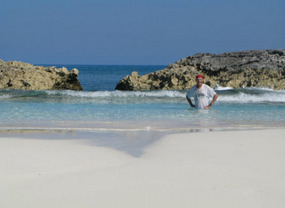
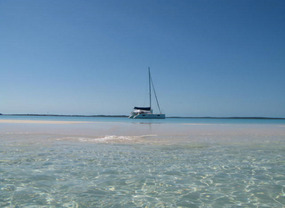
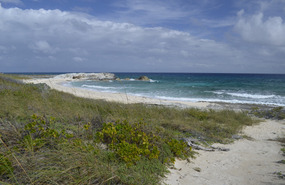
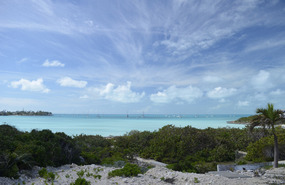
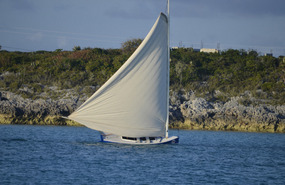
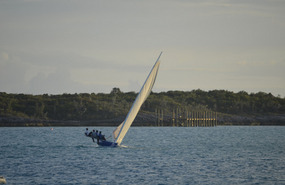
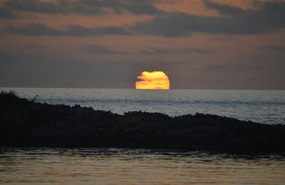
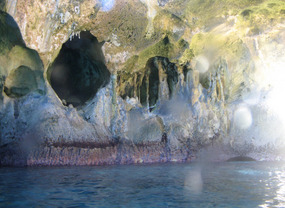
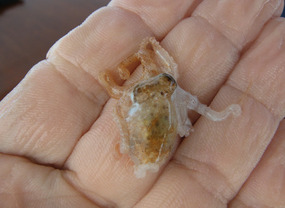
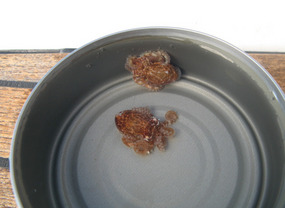
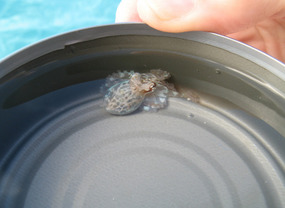
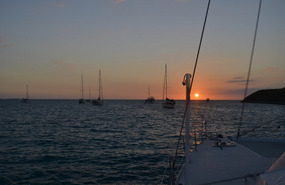


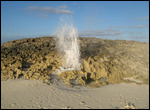
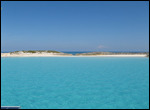
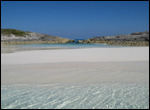
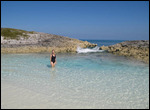
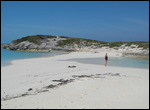
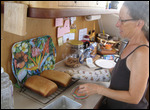

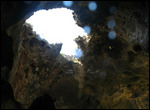
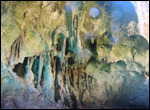
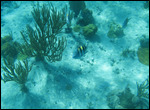
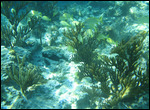
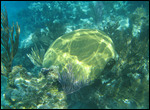
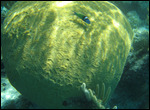

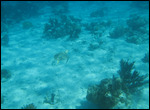













2025-05-23